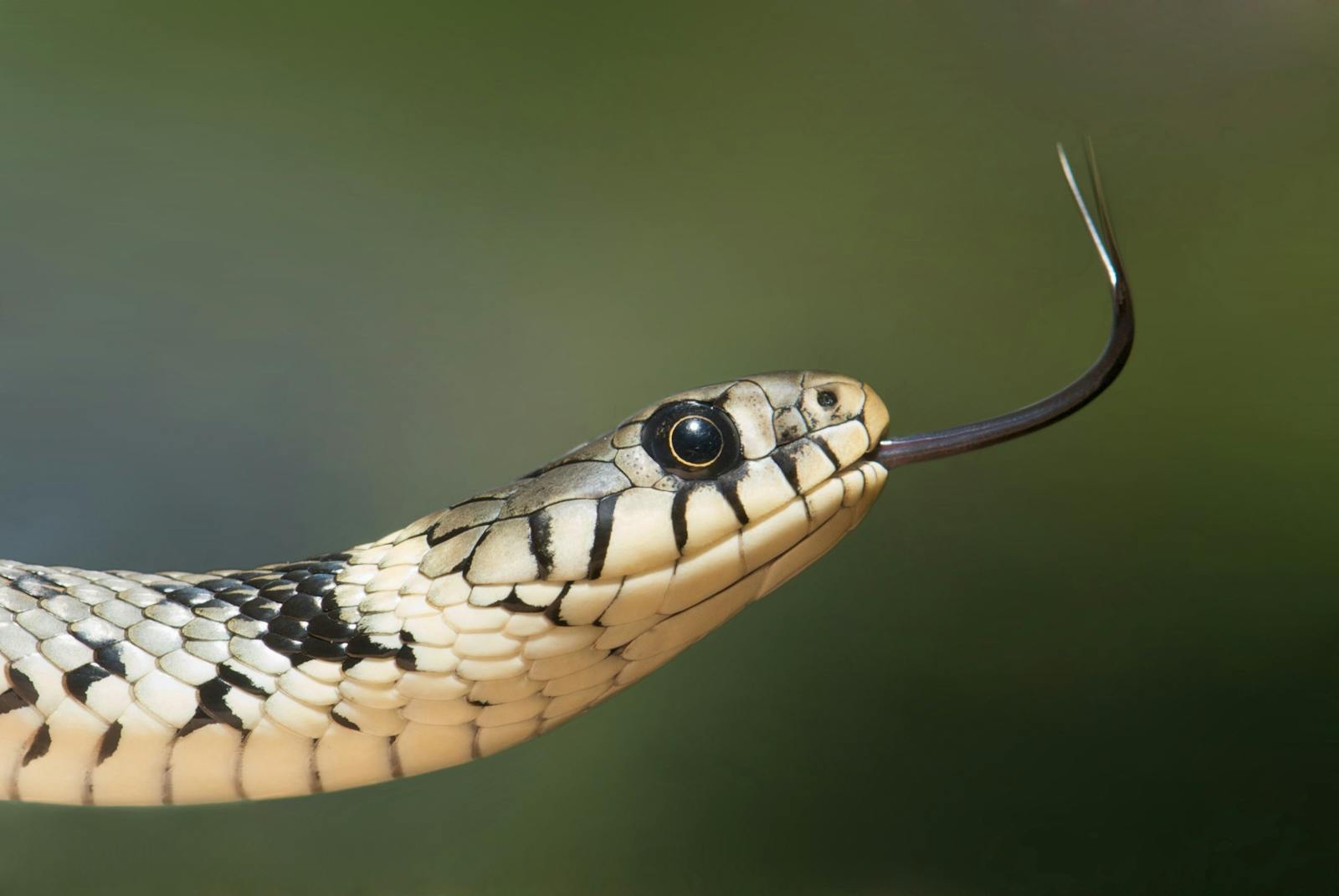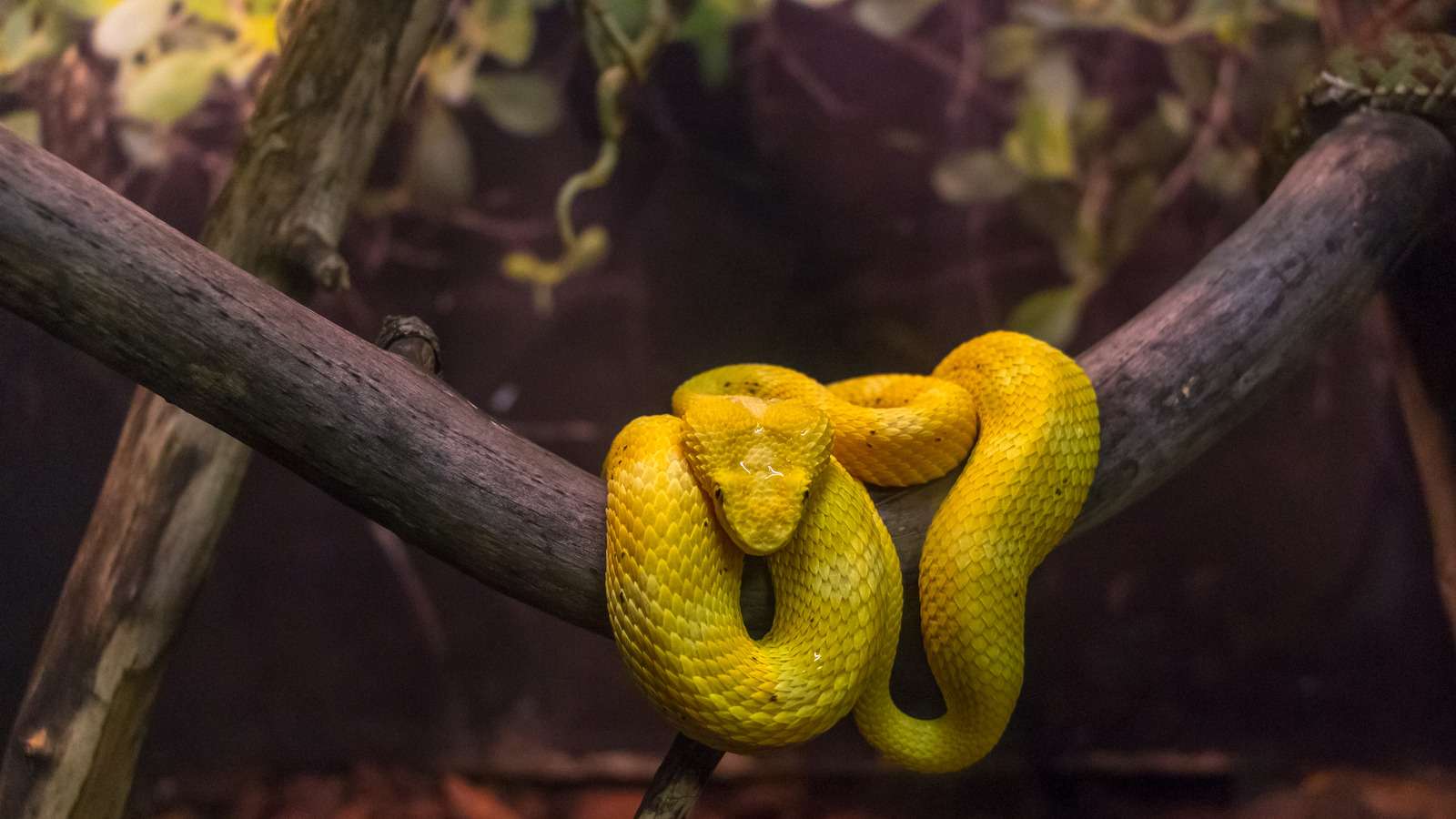Hey there, fellow ophidiophobes! If you’re anything like me, the mere thought of snakes slithering around is enough to send shivers down your spine. Living in Australia, where these scaly creatures are not just a myth but a common reality, I’ve had to face my fears head-on.
So, let’s take a deep breath, laugh a little, and dive into the world of Australian snakes and what to do if you ever find yourself on the wrong end of a snakebite.
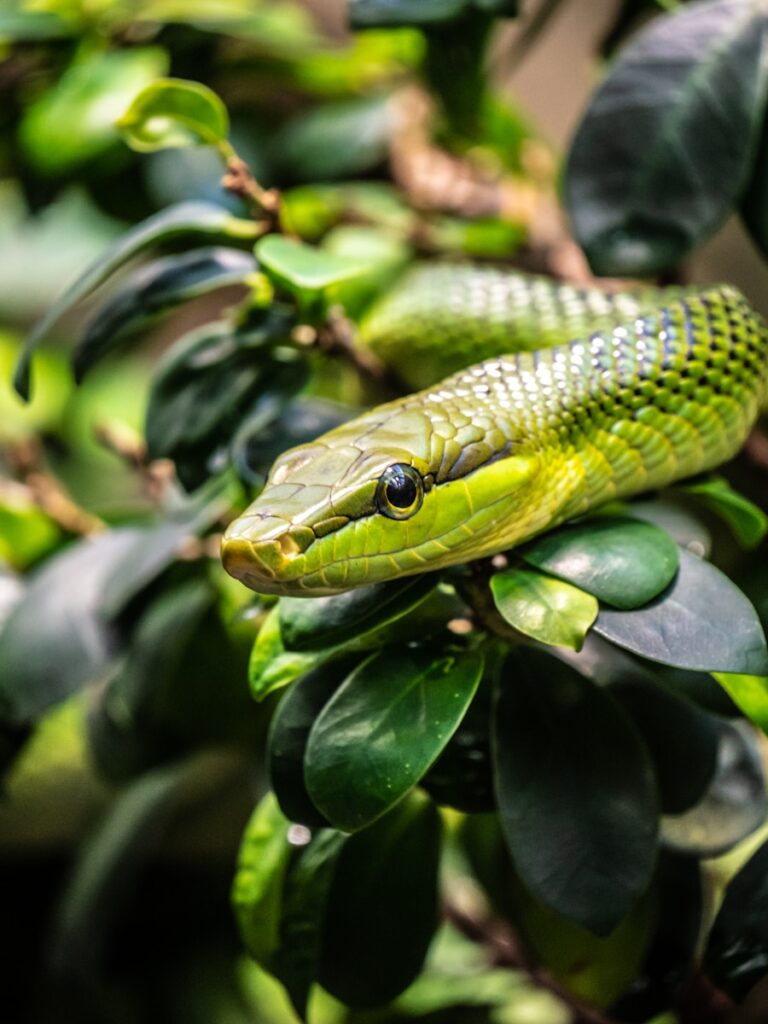
Meet the Cast: Australia’s Most Notorious Snakes
Australia’s got some of the world’s most venomous snakes. It’s both interesting and slightly terrifying to know a bit about them—like watching a horror movie with an open eye.
- Inland Taipan (Oxyuranus microlepidotus), often referred to as the “fierce snake” or the “small-scaled snake,” is a reclusive creature that proudly claims the title of the most venomous snake in the world. Fortunately, it favours the secluded regions of the Outback, rarely encountering human beings.
- The eastern brown snake, Pseudonaja textilis, is the drama queen among all snakes. They are simply very poisonous and fantastically quick, with a lovely habit of coming out into the most heavily populated areas. They can be credited with most of the snakebite-related deaths in Australia, so they really live up to their reputation as the supervillains of snakes.
- Coastal Taipan (Oxyuranus scutellatus): Imagine a snake as fast as a cheetah with an ultra-potent venom that can bring down a number of humans in its wake—enter the coastal taipan. Found across northern and eastern Australia, this snake is best admired from afar.
- Tiger Snake—Notechis scutatus: Given their flashy banding and a bite that’s as aggressive as their personalities, tiger snakes are often found near water. Think of them as the sulky teenagers of the snake world.
- Death Adder (Acanthophis antarcticus): Sporting a name that speaks for itself in dangerousness, the skilful concept of camouflage usually goes into the leaf litter. It is a true ninja snake among snake species.
My Unlikely Encounter
Let me tell you a small tale to brighten your day: A few summers ago, I decided to take matters head-on and go to a reptile park. It was all good, as it was supposed to be an exercise in watching the snakes from the safety of strong, thick glass, but of course, fate intervened. As I walked through the park, something brushed against my ankle. I looked down to see, to my horror, a small, harmless python slithering by.
To my great horror, I let out a scream and jumped nearly three feet into the air. It was only weeks later, when the panic had subsided and the park ranger secured the python elsewhere, that I realised I had just conquered my first encounter with a snake. Small victory, but hey, I’ll take ’em when I can get ’em!
Snakebite First Aid: Keep Calm and Carry On
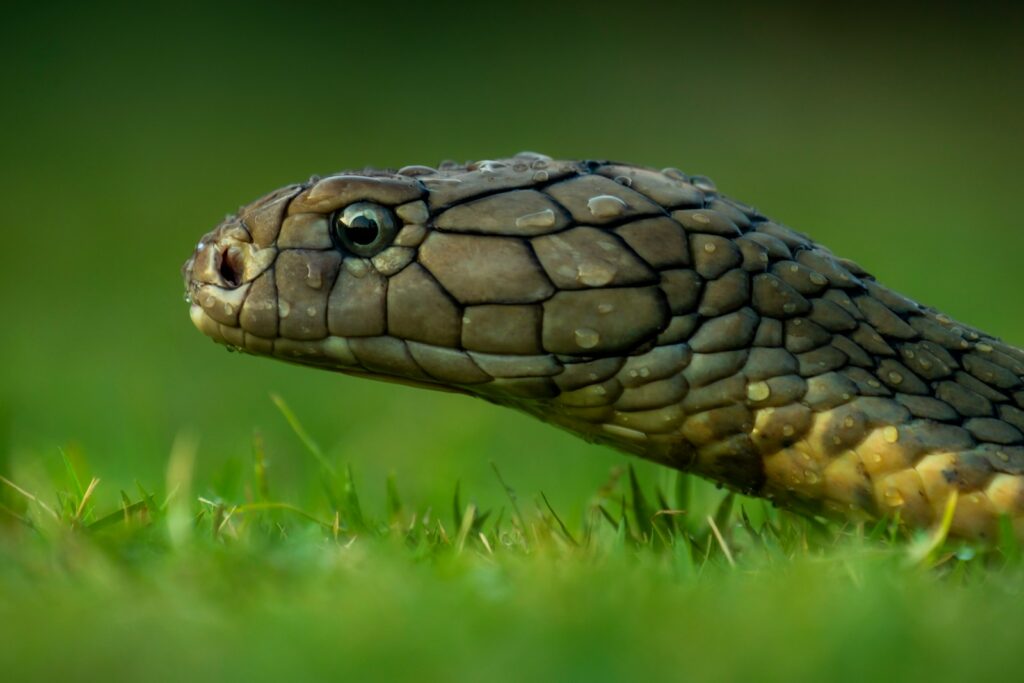
If you ever find yourself bitten by a snake (heaven forbid), it’s crucial to stay calm and act quickly. Here’s a step-by-step guide to handling a snakebite:
- Stay Calm and Immobilise: Try to stay as calm and still as possible. Movement can cause the venom to spread more quickly through your body. Have someone help you stay still and lie down if possible.
- Call for Help: Dial emergency services immediately (000 in Australia). Describe the snake if you can, but don’t waste time trying to catch or kill it.
- Apply a Pressure immobilisation bandage. This is a key step in first aid for venomous snakebites. Wrap a bandage firmly around the bite site, then extend it to cover as much of the affected limb as possible. The goal is to restrict lymphatic movement, not blood flow.
- Keep the Affected Limb Immobilised: Use a splint or any available materials to keep the bitten limb from moving. This helps slow the spread of venom.
- Avoid Certain Actions: Do not wash the bite site, as residual venom can aid in identifying the snake. Avoid cutting the bite, sucking out the venom, or applying a tourniquet.
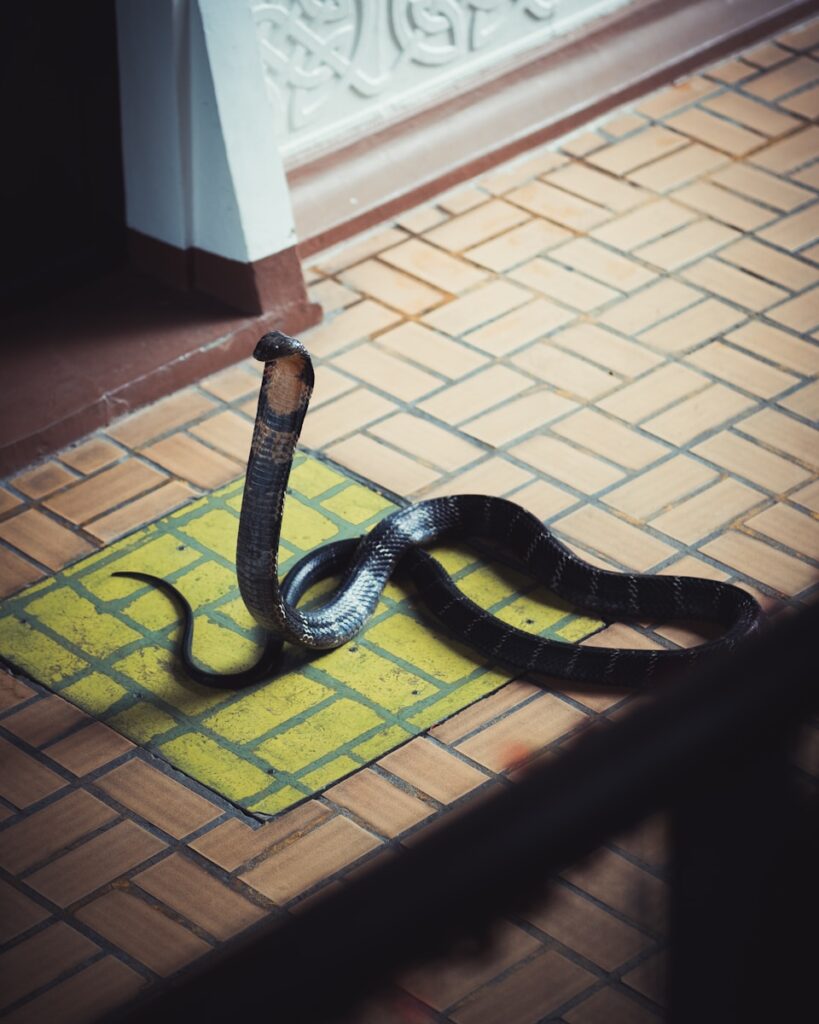
Fun Facts to Lighten the Mood
To ease the tension a bit, here are some fun and quirky facts about snakes:
- Snakes can “smell” with their tongues. They flick their tongues to pick up scent particles from the air and ground, helping them “taste” their surroundings.
- Some snakes can fly! Well, sort of. Certain species, like the paradise tree snake, can glide through the air by flattening their bodies and launching from trees.
- Snakes shed their skin multiple times a year. This process, called ecdysis, allows them to grow and remove parasites.
Embracing the Fear
While my fear of snakes is still very much alive, learning about them and knowing what to do in case of a snakebite has made the fear a bit more manageable. Remember, snakes aren’t out to get us. They usually prefer to avoid human interaction and only bite when threatened.
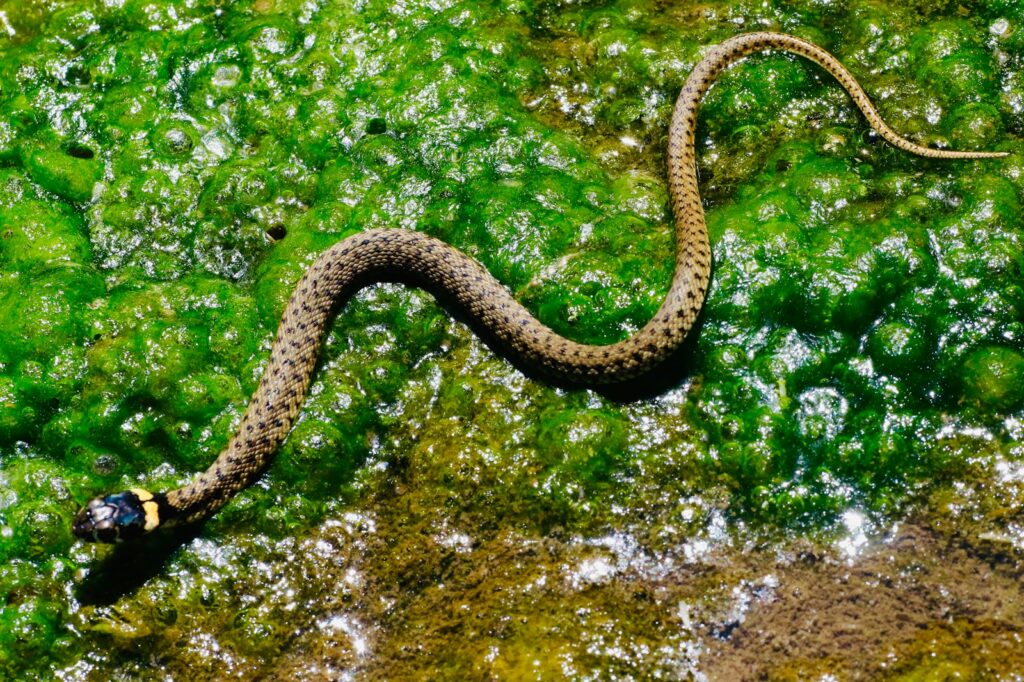
So, next time you’re out exploring the beautiful Australian landscape, keep an eye out, stay informed, and enjoy the adventure—just from a safe distance.
In conclusion, understanding snakes and having a solid plan for snakebite first aid can turn fear into respect and preparedness. After all, knowledge is power. So, let’s face our fears together, one slithery step at a time. Happy (and safe) exploring!


